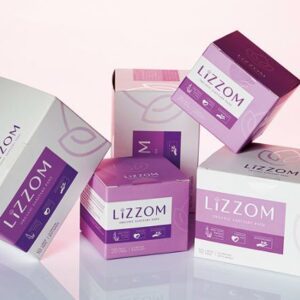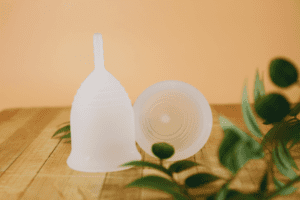What are Tampons?


A tampon is a menstrual product designed to absorb and collect blood inside the body. They are made out of materials like cottons or rayon and can be chemical or organic. They are extremely comfortable once you learn how to use them, but they are not always 100% leak proof.
They come in different forms; some with plastic or cardboard applicators and some with no applicators at all. They also come in different absorbancies to accommodate light to heavy periods.
Tampons are small, they can fit in a pocket and are convenient and discreet. Unlike sanitary pads, one can comfortably swim in them since they are invisible once inserted. They come with a string for easy removal.
Some of the positives of tampons include:
- You can’t feel them when properly inserted into the vagina.
- There is no smell compared to pads.
Some of the negatives of tampons are:
- A risk of toxic shock syndrome. This is a rare complication that involves a bacteria infection. It can be very serious. Tampon users are advised to frequently change tampons, alternate between tampons and period pants and use a sanitary pad overnight.
- They are not eco-friendly since the material used to manufacture them is not biodegradable.
- One is not always sure when to change tampons since they are not visible and therefore, it can be hard to tell when they are full.
- Tampons may also leave a residue in the vagina which can increase the risk of bacteria infection and inflammation.
Whilst some women say that tampons give them confidence and freedom without worrying about leaks; others are looking towards a more environmentally friendly option, such as the menstrual cup. Like tampons, the cup is discrete and worn inside the vagina, but as most are washable and reusable, they avoid the cost and plastic waste that comes with disposable sanitary products.
Nabta is reshaping women’s healthcare. We support women with their personal health journeys, from everyday wellbeing to the uniquely female experiences of fertility, pregnancy, and menopause.
Get in touch if you have any questions about this article or any aspect of women’s health. We’re here for you.












































